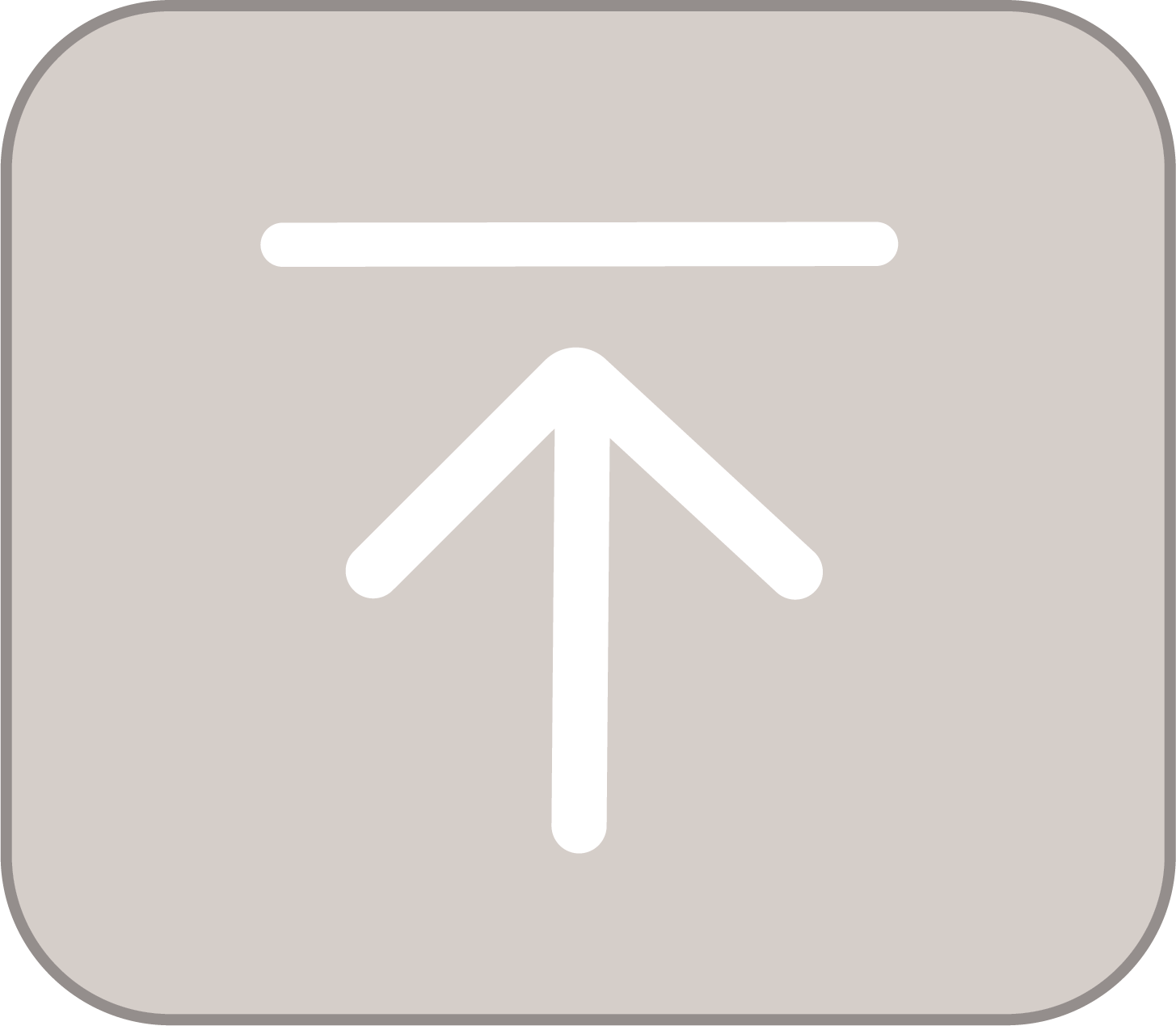FAQ
Need help with one of our products or have a question about fly control? Check out some of our frequently asked questions first to see if we already have the answer for you.
FREQUENTLY ASKED QUESTIONS
GENERAL PRODUCT
GENERAL PRODUCT
-
: Is it recommended to use more than one type of fly control product at a time?A successful Integrated Pest Management (IPM) fly control program includes many components. These components may include mechanical control, exclusion, sanitation, trapping, baits and sprays. There are many fly species that can be a problem. The primary fly species affecting farms, and urban and rural residences is the house fly. House flies breed in manure and rotting organic matter. Traps can be used almost anywhere and are suitable for areas close to residences. In cases near residences where the odor of an attractant is objectionable, there are traps available that trap flies without strong smelling attractants. Scatter baits may be used in areas around animal production facilities, manure piles and garbage collection areas. See product labels for the directions for use.
-
: Which products are the best to use around a home?Fly traps without strong odor attractants, such as the Fly Stik™ Jr. Trap and EZ Trap® Fly Trap, are products that can be used near the home. Traps with feeding (strong odors) attractants can be placed away in areas where strong odors are not a concern like barns, runs and dog kennels.
-
: Does the type of fly problem I have determine which fly trap product I use?Yes, house flies are attracted to decaying organic matter (manure, compost, etc.) and that is why the attractants with the traps have strong odors. Blood feeding flies such as the stable fly are drawn to traps by visual cues instead of odor. That is why we provide two types of traps. Stable flies are difficult to distinguish from house flies. But if you see your animals stomping their legs or your dog has dried blood on the ends of its ears, these are indications of stable flies. It is very likely that you have both species however house flies will greatly outnumber stable flies.
-
: When should I replace the traps or re-apply bait?Replacement intervals will depend on the number of flies caught in the traps. If the jug traps are full then they should be replaced. If the sticky traps no longer have a place for a fly to stick or the adhesive becomes dusty it is time to replace. Scatter bait should be re-applied if the previous application is no longer visible.
-
: What should I do if I still see flies, but there is nothing in the traps?Chances are you are seeing flies other than house or stable flies. The traps can catch other species but in general the traps are designed to catch stable and house flies, which are the biggest pests in most environments.
QUIKSTRIKE® ABATEMENT STRIPS
QUIKSTRIKE® ABATEMENT STRIPS
-
: How do QuikStrike® II Fly Abatement Strips work?QuikStrike® II Fly Abatement Strips contain a unique active ingredient that kills flies in seconds after they begin feeding. The active ingredient is contained in the yellow sugar-based matrix that is coated on a piece of plastic and placed under the grid forming the curved surface. Flies find the coating attractive and begin eating the coating and die quickly after feeding. The vial or ampoule that is part of the product contains the fly attractants and NOT the active ingredient.
-
: How do I activate the attractant in QuikStrike® II Fly Abatement Strips?Once you have identified a location to put the strip, locate the attractant ampoule on the strip (at one end of the raised curved surface). Simply apply pressure to the ampoule or vial until an audible cracking sound is heard. The attractant will slowly release from the ampoule bringing flies into the area where they will begin feeding on the active ingredient impregnated yellow coating.
-
: What are the benefits of the curved design of QuikStrike® II Fly Abatement Strips? How does the design help attract and kill more flies?Flies prefer to land on curved surfaces. The design takes advantage of this preference, by increasing the attractiveness of the product, resulting in increased fly landings and killing more flies.
-
: When should I replace the QuikStrike® II Fly Abatement Strip with a new one? How many weeks of control do the strips provide?Replacement timing will vary on the number of flies and weather conditions. QuikStrike® II strips can last up to 8 weeks. Flies consume the yellow coating containing the active ingredient so when the yellow is gone, the product will need replacement. Moisture can also affect how long the product is effective. In high humidity or if the product gets wet, the residual efficacy can be reduced. Strips should be protected from moisture and direct sunlight.
EXGTINGUISH® PLUS FIRE ANT BAIT
EXGTINGUISH® PLUS FIRE ANT BAIT
-
: What time of year should I apply Extinguish® Plus?Extinguish® Plus can be applied at anytime of the year but spring is a good time to consider treating. Spring is when fire ant colonies are building strength so by applying it in the spring you help eliminate the opportunity for colonies to become large and start the cycle of reproduction.
PRESTRIKE® MOSQUITO TORPEDO®
PRESTRIKE® MOSQUITO TORPEDO®
-
: Why do I sometimes see live mosquito larvae in the water I’ve already treated with Pre-Strike® Mosquito Torpedo® Larvicide?The Pre-Strike® Mosquito Torpedo® larvicide stops the development cycle of the mosquito larvae, preventing the larvae from becoming breeding and biting adults. Treated larvae will die naturally or be consumed by predators, keeping the food chain intact.
-
: Is it okay for animals to drink from water that has been treated with Pre-Strike® Mosquito Torpedo® Larvicide?Yes, the label allows for this use pattern. When used as directed, the Pre-Strike® Mosquito Torpedo® larvicide will not harm humans, animals, fish or vegetation.
-
: Where should I apply Pre-Strike® Mosquito Torpedo® Larvicide?Mosquito larvae breed in standing water. Place the Pre-Strike® Mosquito Torpedo® larvicide in any water source that lasts more than 5 days. Typical application sites would be bird baths, tires, gutters, fish ponds and low areas that hold rainwater.
-
: How early in the season should I start applying Pre-Strike® Mosquito Torpedo® Larvicide to help prevent mosquito development around my home?Begin applying in the early spring as spring rains begin to fill containers and low areas. Keep the Pre-Strike® Mosquito Torpedo® larvicide in standing water areas throughout the summer to keep mosquito larvae from developing into biting adults.
IPM
IPM
-
: How can I cut down fly resistance?One of the most valuable methods to resistance mitigation is rotation of active ingredient classes. If baits with different attractants, different active ingredients, and different modes of action are rotated and introduced consistently, their efficacy is increased and fly populations can be decreased. A rotational team, such as QuikStrike® Fly Bait, Golden Malrin® Fly Bait, and Cyanarox® Insecticidal Bait from Starbar, helps ensure flies do not develop a resistance to any singular bait or insecticide.
-
: When should I rotate my fly baits?There are several different strategies for fly bait rotation. For more information, read our Rotation Strategy Guide.
-
: How can ClariFly® Ad Pack help my IPM program?Integrated Pest Management (IPM) is a pest control strategy that uses an array of complementary methods: natural predators and parasites, pest-resistant varieties, cultural practices, biological controls, various physical techniques, and chemical controls. ClariFly® Larvicide should be used as part of an IPM program aimed at reducing fly populations in the livestock’s environment. As feed-through fly control that stops fly development in the larval stage, ClariFly® Larvicide is a biorational control approach that helps prevent future populations, while Starbar® products help control current adult fly populations.

